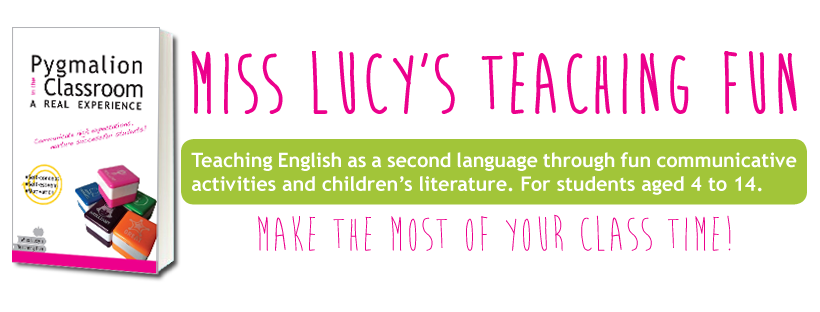In this section I will collect all the blog entries dedicated to the Jolly Phonics reading-writing method and its adaptations, also through the use of different materials, to the specific needs of my students.
Today, the number of English words that elementary school children have to learn to read, write, pronounce and correctly recognize is amazing to say the least. Learning all these words by heart, as most of them are currently doing, is exhausting. For this reason, little by little, the synthetic phonetic method is becoming very popular among teachers and parents because its aim is to provide students with a very effective tool to decode any English word they may encounter throughout their long school career.
In particular, the Jolly Phonics© method uses multi-sensory resources - image, movement and sound - in order to capture interest, maintain motivation and reinforce learning in imaginative and exciting ways for children to learn through enjoyment.
Each letter of the alphabet produces a sound. Combinations of different letters generate further digraphs, such as 'th',' sh', 'oo' or 'ee'. Words are made by combining all these sounds from left to right.
-> The method divides all these sounds into 7 groups, according to their frequency of use and the correspondences between letters and sounds are taught in a clearly defined sequence:
1. s, a, t, i, p, n
2. c k, e, h, r, m, d
3. g, o, u, l, f, b
4. ai, j, oa, ie, ee, or
5. z, w, ng, v, oo, oo, oo
6. y, x, ch, sh, th, th, th
7. qu, ou, oi, oi, ue, er, ar
->Children have a short, quick lesson (chant and sound graphic symbol) followed by multi-sensory games and activities that reinforce the assimilation of sound.
-> Children are taught to mix sounds in order to make short words and practice them in a fun, multi-sensory way.
-> They learn to spell at the same time as they learn to read (blending).
->The Jolly Phonics© method uses attractive resources, songs, games and actions.
->The Jolly Phonics© method provides many opportunities for language development and thanks to play and movement, children feel especially comfortable practicing and participating.
*Synthetic phonetic method according to Maria Montessori: phase 1.
*Synthetic phonetic method: more resources.
*Jolly Phonics
*Phonemic awareness: Letter sounds.
*Phonological awareness: Rhymes.
*Fine and gross motor skill with Jolly Phonics
*Blending
*Simon says + blending
*Blending and stories
*Graded Readers
*More excercises to encourage auditory discrimination
*Let's play with phonemes!
--> Quiero leer estas entradas en español


No comments:
Post a Comment